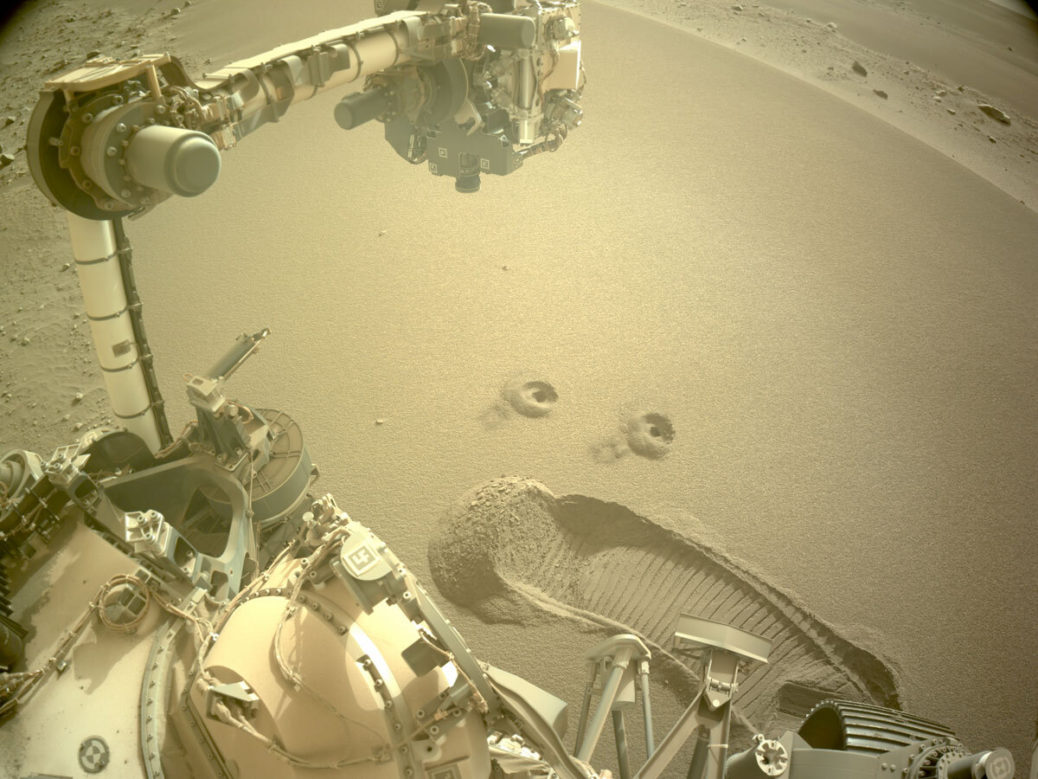The mission’s first two samples of regolith – broken rock and dust – could help scientists better understand the Red Planet and engineers prepare for future missions there.

The mission’s first two samples of regolith – broken rock and dust – could help scientists better understand the Red Planet and engineers prepare for future missions there.
Evidence left in rocks is leading scientists to rethink what watery environments looked like on ancient Mars....
A new video of the helicopter’s third flight gives viewers the sensation of standing on the Red Planet and...
The rover’s self-driving capabilities will be put to the test this month as it begins a record-breaking series of...
NASA leadership and members of the mission will discuss the agency’s latest rover, which touches down on the Red...
Catch Mars mania as a traveling exhibit visits more than a dozen towns across the U.S. with lifelike models...
The Red Planet rotorcraft will shift focus from proving flight is possible on Mars to demonstrating flight operations that...
First-of-its kind footage from the agency’s newest rover will be presented during a briefing this morning. Read More
Filled with rock, the sample tube will be one of 10 forming a depot of tubes that could be...